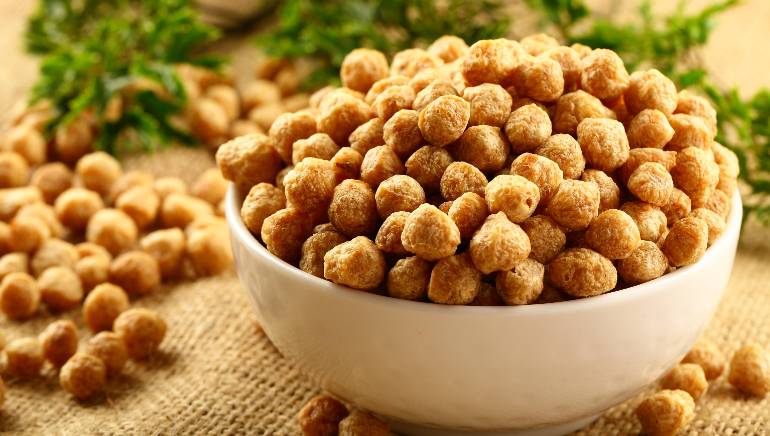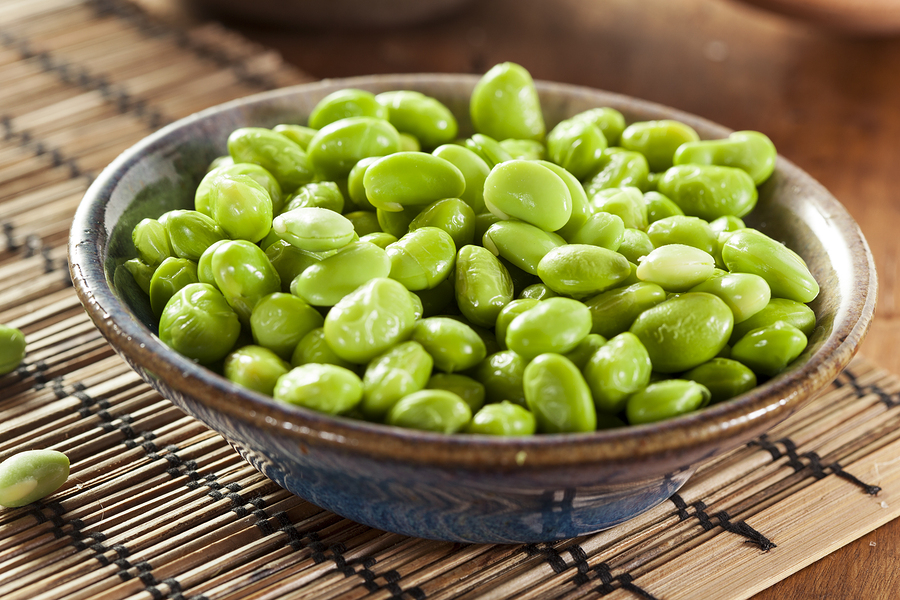Table of Contents
Are Mukimame and edamame the same thing?
Shelled soy beans are also referred to as mukimame (while edamame is generally used while still in their pods). Im using edamame here as it is a more familiar term for many people. Either way, they are a simple and tasty snack!
What does Mukimame mean?
Mukimame is the individual seeds/bean without the shell of the pods. Muki means shelled, mame means beans. The pods could be shelled manually by squeezing the seed from the shell, or mechanically by making use of a machine known as a shelling machine.
Is Mukimame shelled edamame?
Mukimame are shelled edamame (soybeans).
Are edamame beans and soybeans the same thing?
Edamame beans are whole, immature soybeans, sometimes referred to as vegetable-type soybeans. They are green and differ in color from regular soybeans, which are typically light brown, tan, or beige.
Are edamame beans the same as soya beans?
Mukimame are shelled edamame (soybeans).
What are Mukimame beans?
Edamame beans are whole, immature soybeans, sometimes referred to as vegetable-type soybeans. They are green and differ in color from regular soybeans, which are typically light brown, tan, or beige.
Does edamame have another name?
Most Edamame soy beans (Mukimame beans) come from Asia. However, Ardo has now developed the perfect farming technology to grow the beans in Europe too. These young green pods of soy beans are crunchy and nutritious.
Are Mukimame same as edamame?
Shelled soy beans are also referred to as mukimame (while edamame is generally used while still in their pods). Im using edamame here as it is a more familiar term for many people. Either way, they are a simple and tasty snack!
Does edamame come shelled?
FAQ. What is edamame? Edamame (u679du8c46) is the Japanese name for immature soybeans and literally means stem beans, presumably because they were traditionally sold with the stems still attached.
Can shelled edamame be eaten raw?
Edamame beans are often sold while still encased in their pods, which are not meant to be eaten. You can also buy shelled edamame, without the pods. In the United States, most edamame is sold frozen.
What is a Mukimame?
Mukimame is another name for edamame beans that have been removed from the pod. You can easily find them in the freezer section at most grocery stores. They can come ready to steam in the bag or ready to boil on the stovetop (my preferred cooking method) in salted water.
What’s the difference between edamame and Mukimame?
Shelled soy beans are also referred to as mukimame (while edamame is generally used while still in their pods). Im using edamame here as it is a more familiar term for many people. Either way, they are a simple and tasty snack!
Is Mukimame a vegetable?
1. Rich in vitamins and minerals.NutrientAmountFiber (g)8Sugars (g)3.38Calcium10% of the DVIron20% of the DV13 more rows
Is edamame a Japanese word?
Edamame (u679du8c46) is the Japanese name for immature soybeans and literally means stem beans, presumably because they were traditionally sold with the stems still attached.
Why are soybeans called edamame?
In Japan, the name edamame is commonly used to refer to the dish. It literally means stem beans (u679d eda branch or stem + u8c46 mame bean), because the beans were often sold while still attached to the stem
What’s the difference between soybeans and soybeans?

Soya beans and soy beans are the same thing the names are used interchangeably, and the same is true of soya sauce and soy sauce. Young, green soya beans are marketed widely as edamame.
Do edamame beans have another name?
Edamame (u679du8c46) is the Japanese name for immature soybeans and literally means stem beans, presumably because they were traditionally sold with the stems still attached. Like most beans, soybeans are sweeter and have more umami due to higher concentrations of sucrose and amino acids before they are fully mature.
What is the difference between edamame and soy beans?
The difference between soybeans and edamame is in the level of maturity when the beans are harvested. Mature soybeans are a light cream color while edamame is harvested when the beans are still young, soft and green.
Why is edamame called soybeans?
Edamame (u679du8c46) is the Japanese name for immature soybeans and literally means stem beans, presumably because they were traditionally sold with the stems still attached. Like most beans, soybeans are sweeter and have more umami due to higher concentrations of sucrose and amino acids before they are fully mature.
Why are edamame not called soybeans?
An edamame is a soybean that is harvested when its immature and still tender green. While edamame beans are typically eaten as a fresh steamed vegetable, soybeans are left to mature and harden. Although from the same family, soybeans and edamame have some differences in their use and nutrition.
Is edamame just soybeans?
Edamame are young soybeans harvested before they ripen or harden. Available shelled, in the pod, fresh, or frozen, they are a popular, plant-based food that may have various health benefits. Edamame beans are naturally gluten-free and low in calories.
What is difference between Mukimame and edamame?
But what is the difference between edamame and mukimame? Both edamame and mukimame are the same. The only difference between the two is that edamame is the unshelled bean pod and mukimame are the bare beans that are shelled for convenience
Are soya beans the same as soybeans?
Mukimame is the individual seeds/bean without the shell of the pods. Muki means shelled, mame means beans. The pods could be shelled manually by squeezing the seed from the shell, or mechanically by making use of a machine known as a shelling machine.
What else is edamame called?
What is edamame? Edamame beans are whole, immature soybeans, sometimes referred to as vegetable-type soybeans.
What is edamame called in the United States?
Soybean (Glycine max (L.) Merr.), which is a rich source of protein and edible oil, has many local names, for example, large bean or yellow bean in China, edamame in Japan (Shurtleff and Aoyagi, 2009), and the miracle bean or golden bean in the USA.


